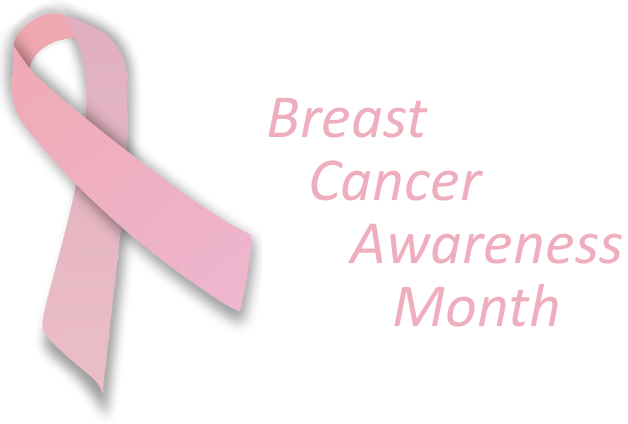With October being National Breast Cancer Awareness month the old adage: “An ounce of prevention is worth a pound of cure” comes to mind. There are many risk factors that play a part in developing estrogen-sensitive cancers, including breast, cervical, and prostate cancers. Some risk factors include: prolonged use of oral contraceptives, synthetic hormone replacement therapy, family or personal history of breast cancer, obesity, never having children or having your first child late in life, to name a few. Many of these risk factors are related to how our bodies process the estrogens it produces and the estrogens we take in through the environment.
The National Cancer Institute estimates that 12.2 percent of women (1 in 8) born today will be diagnosed with breast cancer at some time in their lives. Much of this has to do with women in the United States having estrogen levels that are out of balance. The body metabolizes estrogen into several different forms that can impact cancer development. Studies have shown that measuring the ratios of these important forms of estrogen provides an indication of future risk for the development of breast cancer and other estrogen-sensitive cancers. This ratio can be determined by a simple urine test.
What can you do to reduce your risk?
- Increase your intake of Cruciferous vegetables (broccoli, brussel sprouts, cabbage, cauliflower, bok choy). These vegetables contain a unique molecule called indole-3-carbinol, which enhances the ability of the body to detoxify cancer causing agents and stimulates the enzymes that convert estrogen into a safer metabolite. Eat at least one serving per day. Some women prefer to supplement with indole-3-carbinol.
- Do 30 minutes of cardiovascular exercise (walking, jogging, biking), 4-5 times per week. The fat cells in our bodies actually produce estrogen. Therefore, when you burn fat through exercise, the fat cells shrink and can not produce as much estrogen.
- Avoid high-fat animal foods. Eat less red meat, pork, milk and yogurt products that are above 1% milk fat. These foods are high in saturated fat, which can over stimulate the production of estrogen.
- Try to eat at least two servings per week of wild caught cold water fish or take a good quality fish oil supplement.
- Supplement with Vitamin D3.
How can my Chiropractor help?
In our office, we order the appropriate urine test to assess your ratio. If your ratio is good we encourage you to continue your healthy lifestyle and evaluate your diet, supplements and activity level. If your ratio is in the “danger zone” we can help you to make the appropriate lifestyle changes.
So this month, let’s all be aware of the small changes that we can make in our lifestyles to improve our cancer risks, and in making these changes reducing our risks of other chronic diseases and enhancing our overall quality of life. Sometimes small changes can have profound effects.
Originally published in the October 8, 2011 issue of MailMax for Michigan’s Great Southwest
Source: http://digital.zoompubs.com/display_article.php?id=859382
